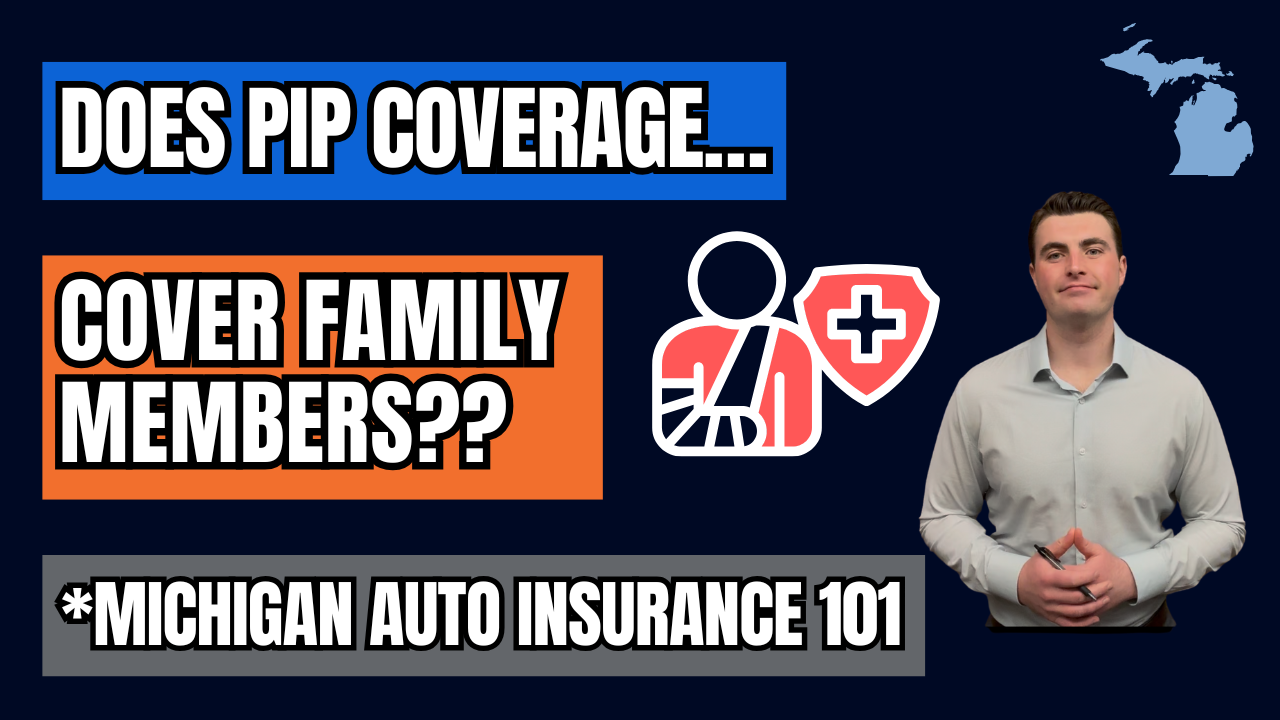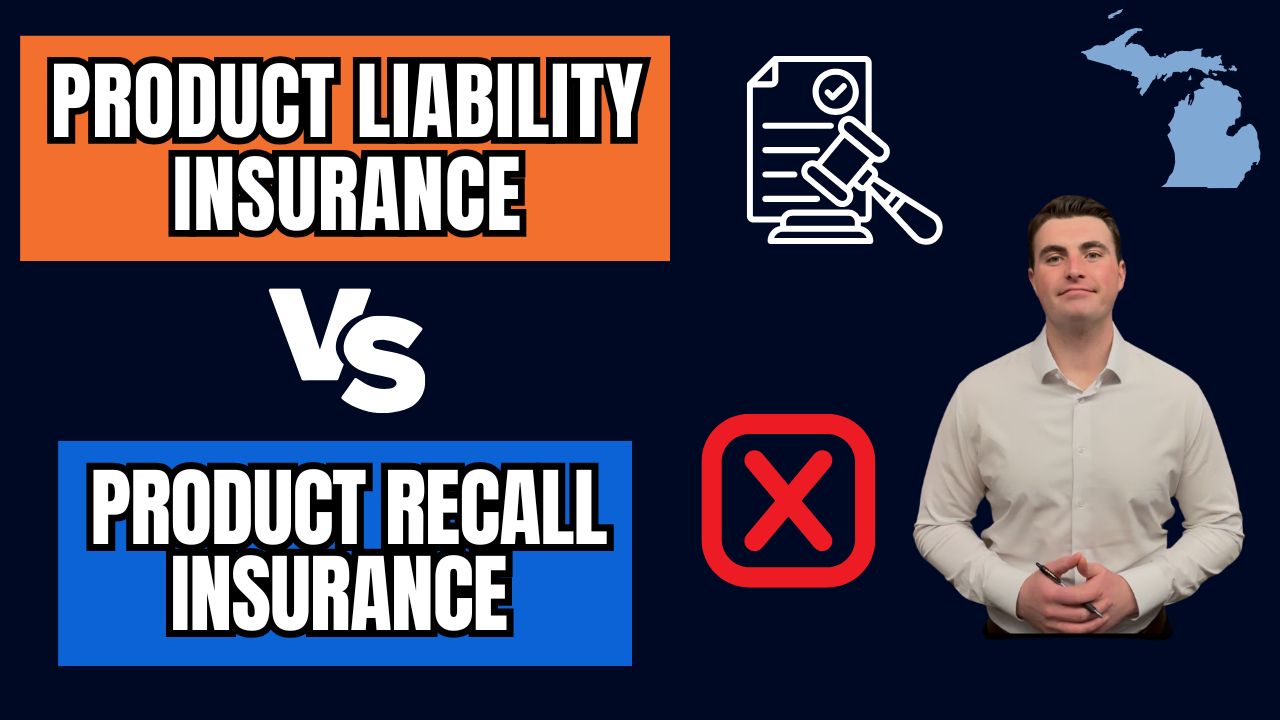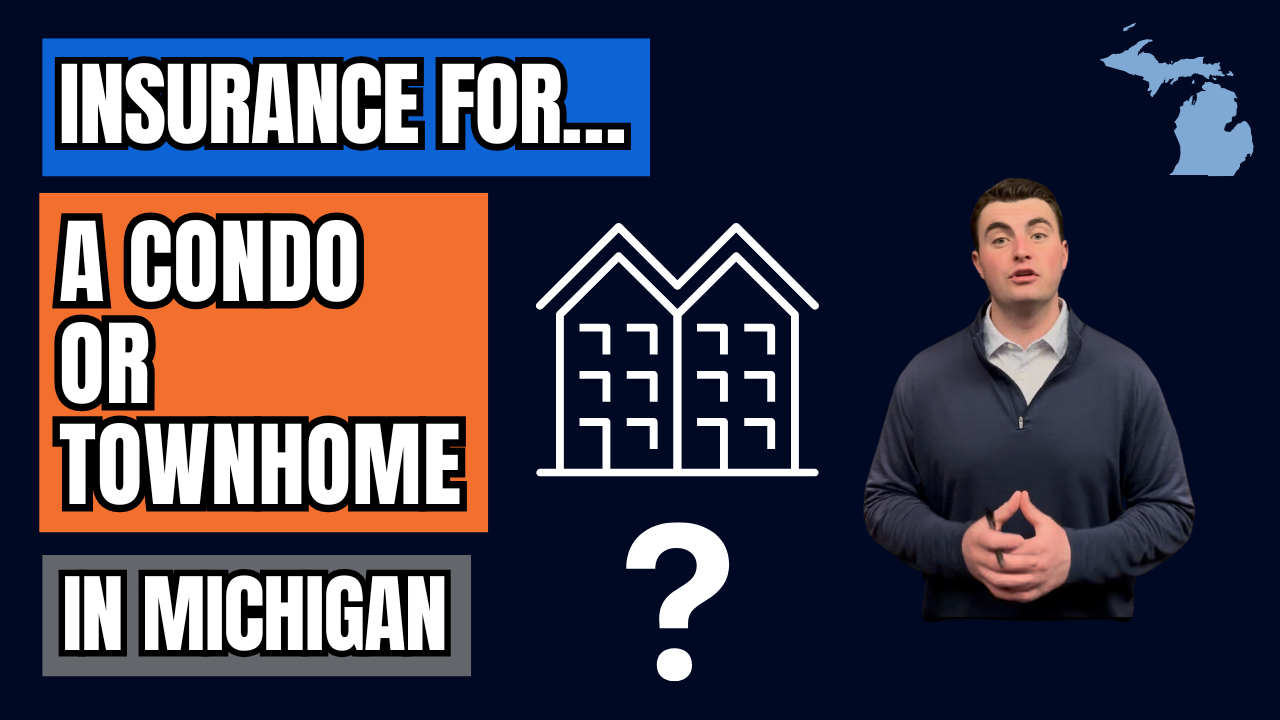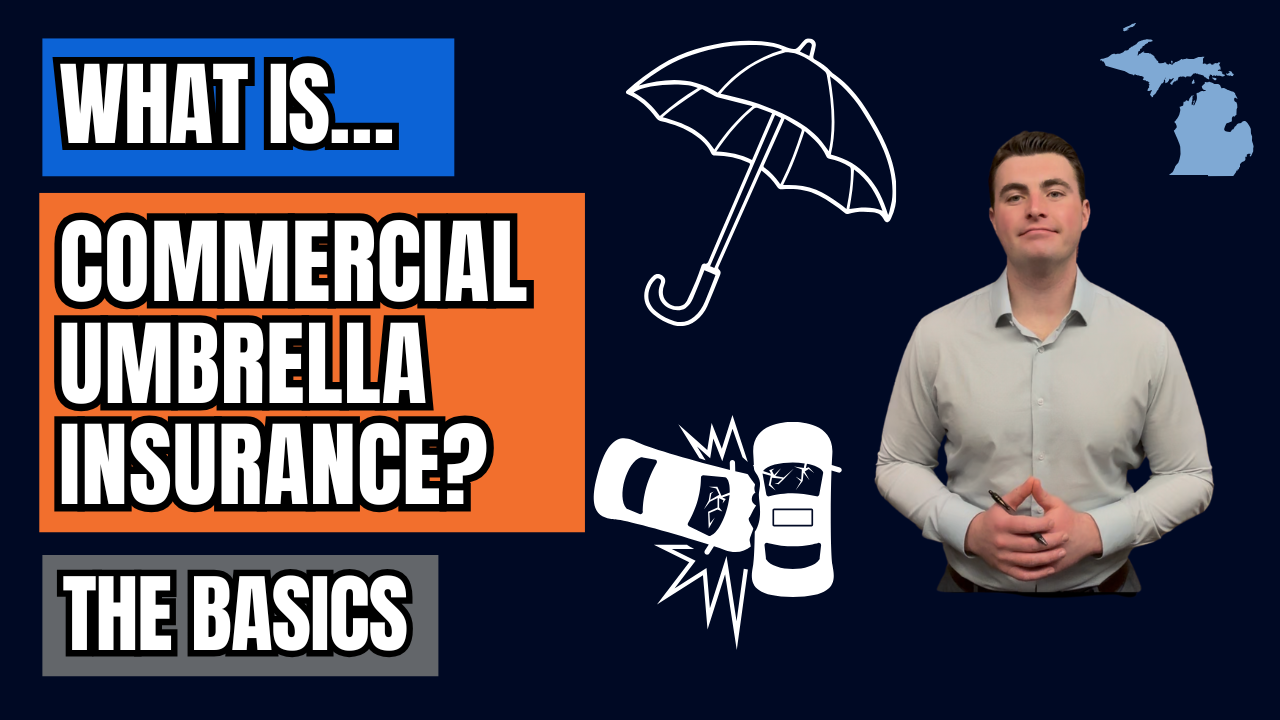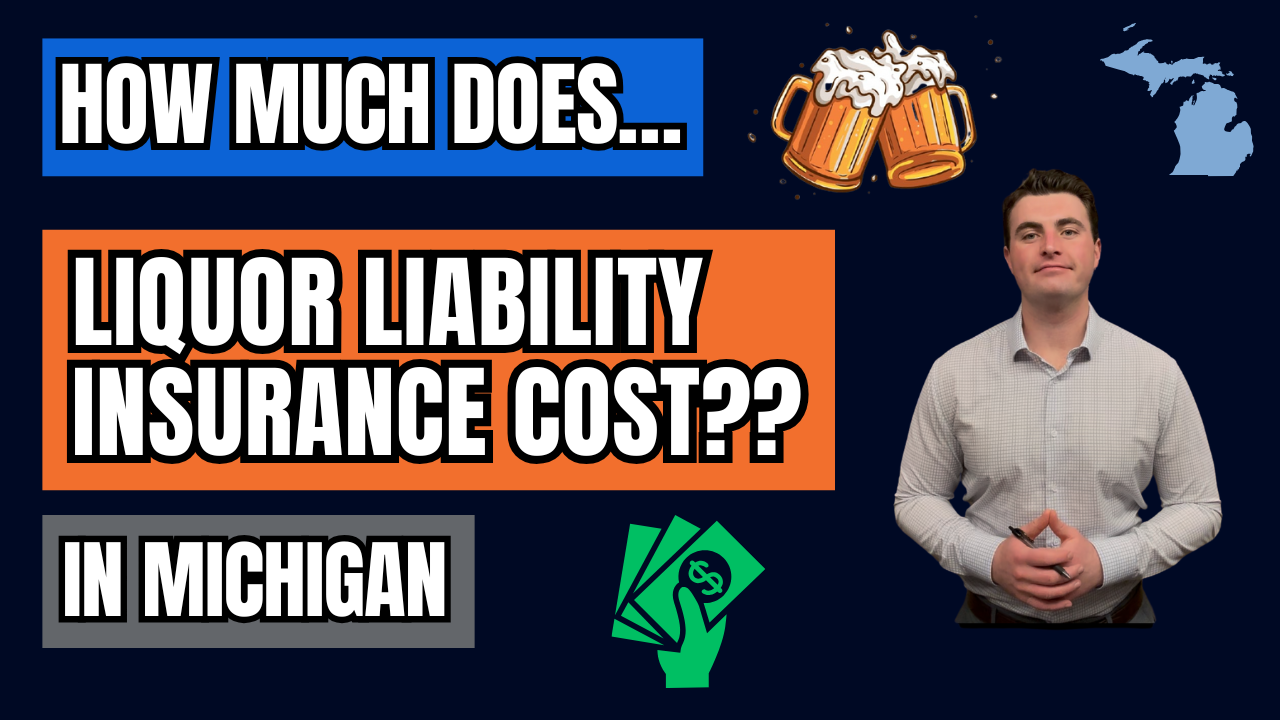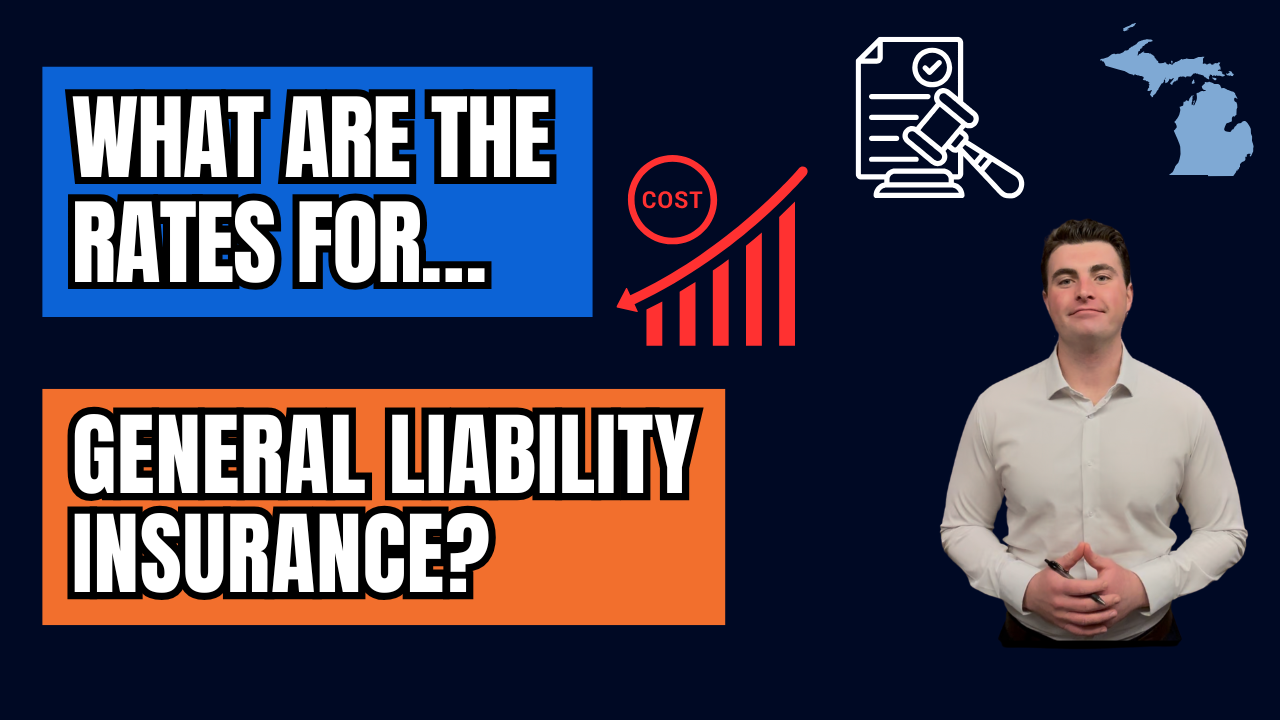$1M / $2M Liability Insurance Explained: Contract Compliance Basics for Businesses
$1M / $2M Liability Insurance Explained: Contract Compliance Basics for Businesses
If you’ve ever reviewed a business contract, chances are you’ve seen liability insurance requirements listed as “$1M / $2M.” But what do these numbers actually mean—and why are they so common? Understanding these liability insurance limits is essential for keeping your business compliant and financially protected.
What $1M / $2M Liability Limits Mean
When you see “$1M per occurrence and $2M aggregate,” it refers to how much your general liability policy will pay:
- $1 million per occurrence → The maximum coverage available for a single claim.
- $2 million aggregate → The maximum your insurer will pay in total for all claims during the policy period (typically one year).
This structure ensures that you’re protected for both individual incidents and cumulative claims throughout the year.
Why Contracts Require These Limits
Many business contracts include $1M / $2M liability limits because they provide a strong, standard level of protection. Common situations where these requirements appear include:
- Leasing space from a landlord
- Working as a vendor or subcontractor
- Obtaining permits from municipalities
The purpose is risk management: your landlord, client, or partner wants assurance that if an accident occurs—like property damage or someone getting injured—there’s sufficient coverage in place.
Beyond Compliance: Protecting Your Business
Meeting insurance requirements isn’t just about checking a box. Liability coverage is your financial safety net. A single lawsuit, such as a slip-and-fall or accidental property damage, could cost thousands in legal fees and settlements. Without coverage, those costs come directly out of your business.
With $1M / $2M limits in place, you protect your operations from potentially devastating losses.
When Higher Limits Are Needed
For industries with higher risks—like construction, manufacturing, or large-scale contracts—$2 million aggregate may not be enough. In these cases, you can extend your protection with an umbrella insurance policy, which adds additional layers of liability coverage.
Umbrella policies are often more cost-effective than increasing individual policy limits, making them a smart option for growing businesses.
Other Coverages Often Required in Contracts
General liability is just one piece of the compliance puzzle. Depending on your situation, contracts may also require:
- Workers Compensation Insurance – If you have employees.
- Commercial Auto Insurance – If your business owns or uses vehicles.
- Hired & Non-Owned Auto Coverage – If employees use personal vehicles for business.
- Commercial Property Insurance – If your building is financed through a lender.
Together, these coverages help you remain fully compliant and well-protected.
Staying Compliant Long-Term
Most contracts require proof of insurance annually to confirm your policy is still active. That means compliance isn’t just a one-time event—it’s an ongoing responsibility.
Fortunately, general liability insurance is often quick to put in place, with many policies issued within a day or two once underwriting has the necessary information.
Final Thoughts
The $1M / $2M liability standard exists for a reason—it provides solid protection for both you and the parties you do business with. By understanding what these limits mean and keeping your coverage current, you protect your business from unexpected financial risks while staying contract-compliant.
If you’re unsure what coverage your contract requires, or whether you need higher limits, working with an experienced insurance advisor can give you clarity and peace of mind.
Contact Us
We will get back to you as soon as possible.
Please try again later.


